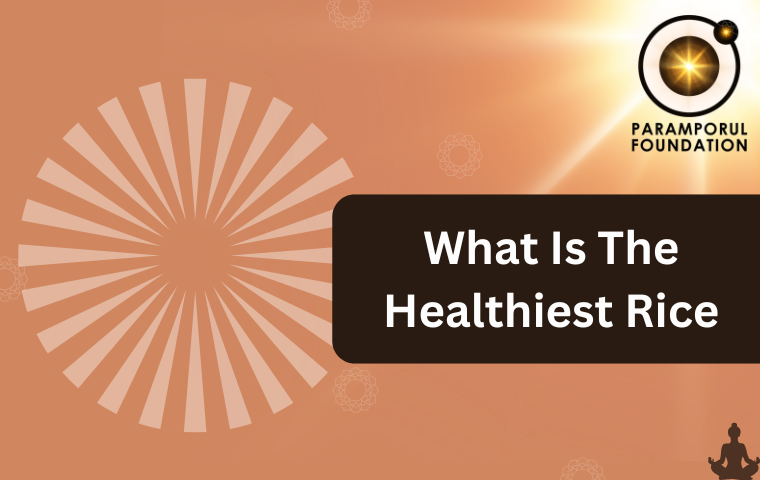Rice is a staple food enjoyed by billions worldwide. It comes in various types, each offering unique flavors, textures, and nutritional benefits. While some varieties are packed with essential nutrients and antioxidants, others are less nutrient-dense but still have their place in a balanced diet. This article explores the healthiest types of rice and their benefits to help you make informed dietary choices.
1. Brown Rice
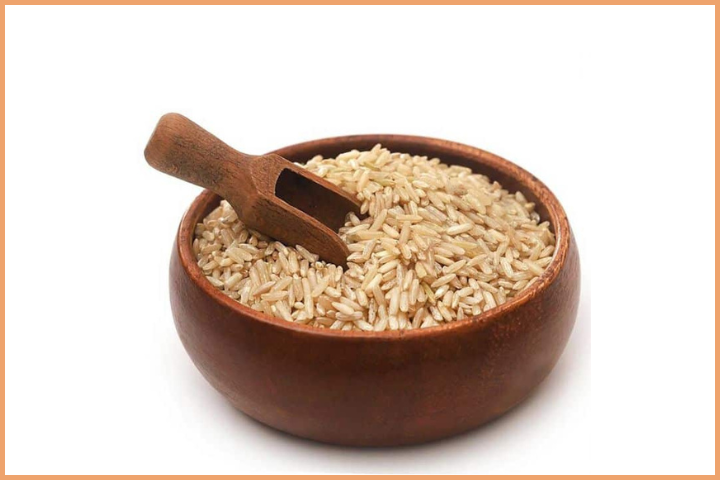
Unlike white rice, brown rice retains its nutrient-rich bran and germ layers. These layers are rich in fiber, vitamins, and minerals, making brown rice a nutrient-dense option. It contains antioxidants such as apigenin, quercetin, and luteolin, which may help reduce the risk of chronic conditions like heart disease and cancer.
Benefits of Brown Rice:
- Supports weight management due to its fiber and protein content.
- Promotes heart health and aids digestion.
- It benefits individuals with diabetes to maintain blood sugar levels.
Nutritional Highlights (1 cup, cooked):
- Calories: 248
- Carbohydrates: 52 grams
- Protein: 5.5 grams
- Fiber: 3.2 grams
- Vitamins and Minerals: High in manganese, magnesium, and B vitamins.
2. Black Rice
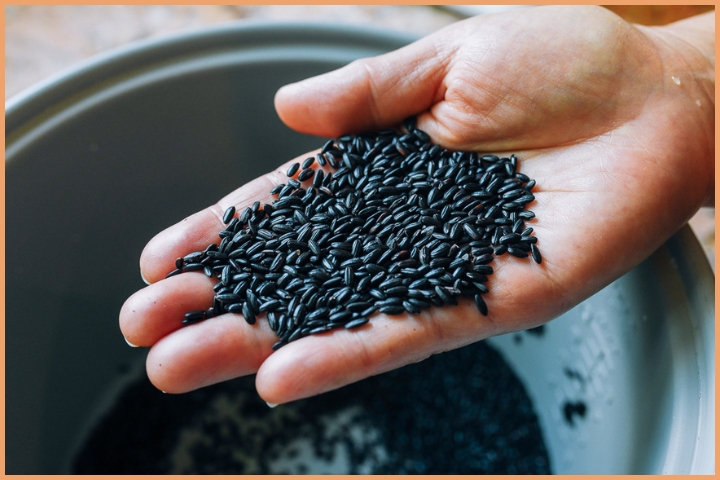
Black rice, commonly called forbidden rice, boasts a rich purple color and is frequently considered a superfood. This variety is the richest in antioxidants, particularly anthocyanins, which are responsible for its color and health benefits.
Benefits of Black Rice:
- Helps shield cells from oxidative damage, lowering the risk of developing chronic diseases.
- Supports heart health and brain function.
- Contains anti-inflammatory and anti-cancer properties.
Nutritional Highlights (1 cup, cooked):
- Calories: 305
- Protein: 6 grams
- Carbohydrates: 70 grams
- Rich in iron and anthocyanins.
3. Red Rice

Red rice is another nutrient-packed variety known for its rich flavor and vibrant color. It is high in fiber and protein and contains potent antioxidants like anthocyanins, apigenin, and quercetin.
Benefits of Red Rice:
- Reduces inflammation in the body.
- Minimizes the risk of heart disease and type 2 diabetes.
- Aids in digestion and provides sustained energy.
Nutritional Highlights (1 cup, cooked):
- Calories: 166
- Protein: 4 grams
- Fiber: 5 grams
- Contains iron, zinc, and potassium.
4. Wild Rice
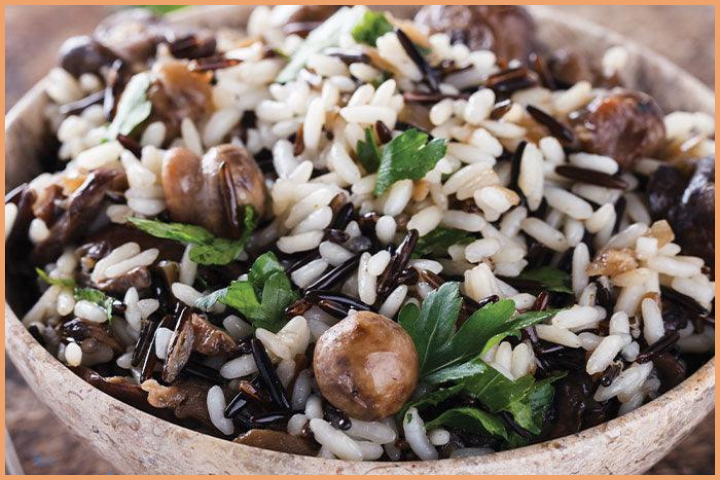
Despite its name, wild rice is technically a seed from aquatic grasses. It boasts a nutty taste and a chewy texture and is known for its remarkable nutritional content.
Benefits of Wild Rice:
- Packed with protein and fiber, it encourages satiety and aids in weight management.
- Contains flavonoids with antioxidative and anti-inflammatory properties.
- Aids in lowering cholesterol levels and enhancing heart health.
Nutritional Highlights (1 cup, cooked):
- Calories: 166
- Protein: 6.54 grams
- Fiber: 2.95 grams
- Rich in B vitamins, magnesium, and manganese.
5. White Rice: A Balanced Perspective
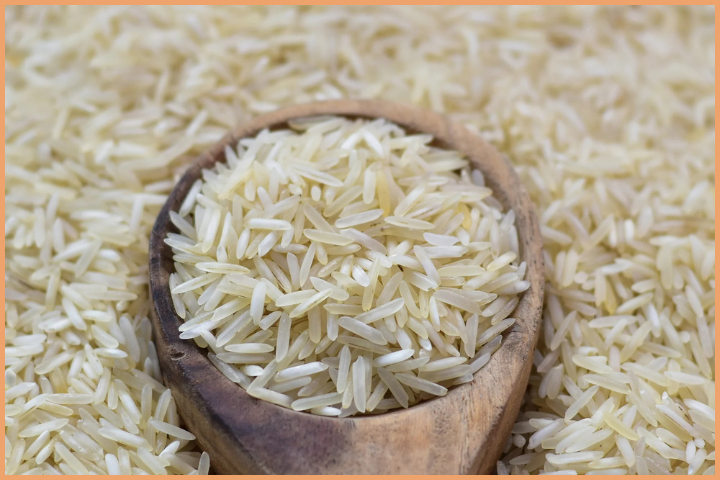
White rice is a refined grain that has had its bran and germ layers removed during processing. Although this process diminishes its nutritional content, white rice can still be included in a balanced diet, particularly when combined with nutrient-dense foods.
Benefits of White Rice:
- It is gentle on the digestive system and ideal for individuals with sensitive stomachs.
- Often enriched with B vitamins and iron.
- Lower in arsenic compared to other rice varieties.
Nutritional Highlights (1 cup, cooked):
- Calories: 242
- Protein: 4.43 grams
- Carbohydrates: 53.2 grams
- Contains small amounts of vitamins and minerals.
Which Rice Should You Choose?
The healthiest rice for you depends on your nutritional needs and preferences. For example:
- For weight management: Opt for brown or wild rice due to their high fiber content.
- For antioxidant benefits: Choose black or red rice.
- For easy digestion: White rice is a suitable option, especially for sensitive stomachs.
Pairing rice with vegetables, lean proteins, and healthy fats can enhance its nutritional profile, regardless of the variety.
Tips to Maximize Health Benefits
- Choose Whole Grains: Whenever possible, select whole-grain varieties like brown, black, red, or wild rice for more nutrients and fiber.
- Watch Portions: Stick to recommended serving sizes to maintain a balanced diet.
- Rinse Before Cooking: Rinsing rice can help reduce arsenic levels and improve texture.
- Combine with Vegetables and Protein: This creates a balanced and nutritious meal.
Choosing the Healthiest Rice for Your Diet
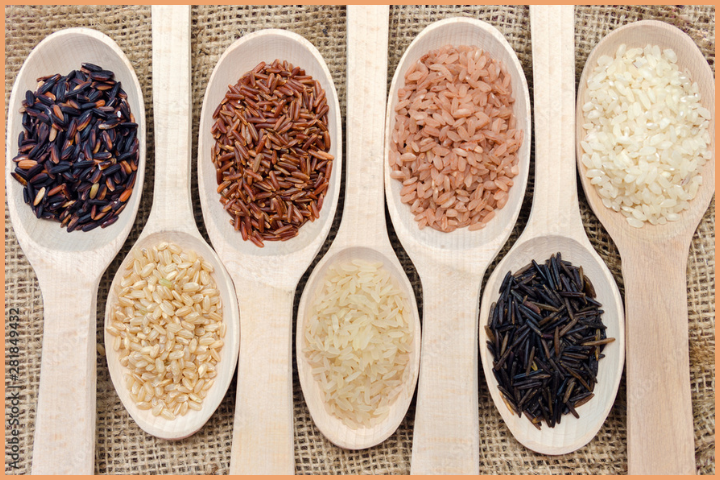
Selecting the healthiest rice depends on your dietary goals and health priorities. Nutrient-dense options like brown, black, red, and wild rice provide fiber, antioxidants, and essential minerals that support overall well-being. For those seeking easy digestion or a quick energy source, white rice can be a viable choice when paired with nutrient-rich foods. By recognizing the distinct advantages of each variety and including them in a well-rounded diet, you can savor the versatility of rice while enhancing your overall health.

